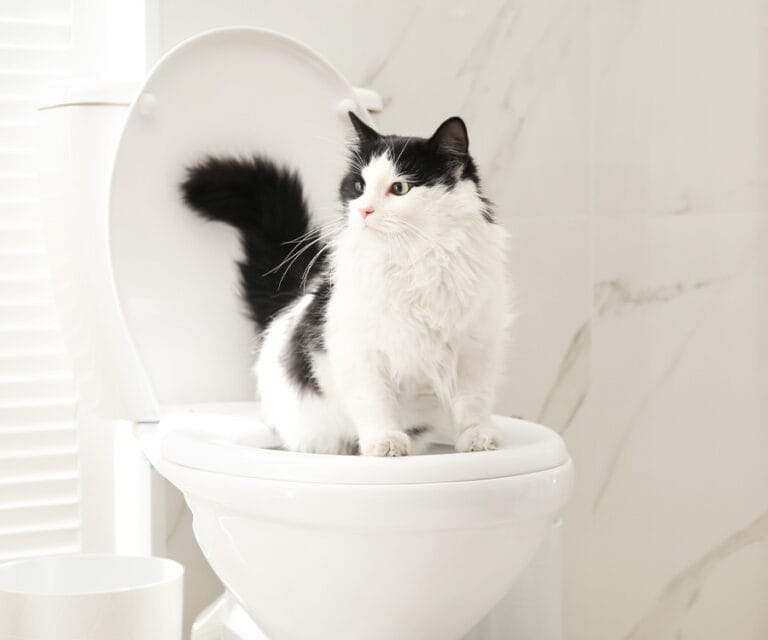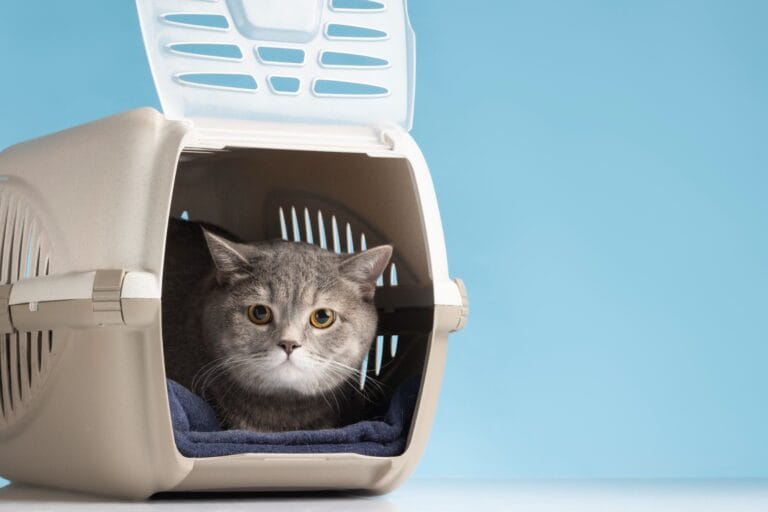Table of Contents
ToggleSimple and Effective Tips for Bathing Your Cat and Cleaning Their Ears
Welcome to KittyToCat, your trusted resource for all things feline. Bathing a cat and cleaning their ears can be daunting tasks, especially when dealing with cats that despise water. This comprehensive guide will provide you with simple and effective tips on how to wash a cat, including advice on how to wash a cat that hates water and insights into whether you’re supposed to wash a cat at all. Plus, we’ll cover the best methods for ear cleaning, ensuring your furry friend stays happy, healthy, and clean.
Are You Supposed to Wash a Cat?
Many cat owners wonder, are you supposed to wash a cat? The answer depends on various factors. Generally, cats are excellent self-groomers and rarely need full baths. However, there are certain situations where bathing becomes necessary:
- Medical Conditions: Some skin conditions require medicated baths.
- Dirty or Sticky Fur: If your cat gets into something sticky, oily, or toxic, a bath is essential.
- Long-Haired Breeds: Cats like Persians may need occasional baths to prevent matting.
- Aging or Overweight Cats: These cats might have difficulty grooming themselves properly.
If your cat is healthy and keeps itself clean, regular brushing might be enough. However, if a bath is necessary, the following tips will help you do it safely and efficiently.
How to Wash a Cat: Step-by-Step Guide
Preparation is Key
Before the bath, gather all necessary supplies:
- Cat-friendly shampoo (never use human shampoo)
- A non-slip mat designed for use in the tub or sink
- A cup for rinsing
- Towels
- Cat treats for positive reinforcement
- Cotton balls for ear protection
Trim your cat’s nails beforehand to prevent scratches. Brush your cat to remove any tangles or loose fur.
Learn More about: Is Elevated Cat Bed Worth Your Money?
Choosing the Right Location
A sink may work better than a bathtub, especially for smaller cats. The enclosed space helps them feel more secure. If you have a cat shower attachment, it can make rinsing easier.
How to Wash a Cat That Hates Water
How to wash a cat that hates water is a common concern. Here are some tips:
- Introduce Water Gradually: Use a damp cloth first to get them used to the sensation.
- Use Calm, Gentle Movements: Speak softly and avoid sudden actions.
- Minimal Water Level: Use only a few inches of lukewarm water.
- Dry Shampoo Option: If your cat is extremely water-averse, consider a cat-safe dry shampoo.
Patience and positive reinforcement with treats can make the process smoother.
The Washing Process
- Gently place your cat in the water.
- Use a cup to wet the fur, avoiding the head.
- Apply shampoo and lather, following the product instructions.
- Rinse thoroughly to avoid residue, which can irritate the skin.
- Drying Your Cat
Wrap your cat in a large towel and gently pat dry. If your cat tolerates it, you can use a hairdryer on the lowest setting. Otherwise, allow them to air dry in a warm, draft-free room.
Also Learn More: How to Sanitize Cat Carrier? Step by Step Guide
Cleaning Your Cat’s Ears
Cleaning your cat’s ears is an essential part of grooming. Dirty ears can lead to infections. Here’s how to do it safely:
Supplies You’ll Need
- Cat-specific ear cleaner
- Cotton balls or gauze
- Treats for positive reinforcement
The Cleaning Process
- Hold your cat gently but firmly.
- Place a few drops of ear cleaner into the ear canal.
- Gently massage the base of the ear to help loosen debris.
- Let your cat shake its head.
- Use a cotton ball to wipe away any debris.
Important: Never use cotton swabs inside your cat’s ear canal as they can cause injury.
If you notice redness, a bad odor, or excessive wax, consult your veterinarian.
Addressing Common Issues
Cats Doing the Gritty
You might notice cats doing the gritty—shaking their head or pawing at their ears. This behavior can indicate:
- Ear mites
- Allergies
- Ear infections
If these signs persist after cleaning, schedule a vet visit promptly.
Also Learn More: How to Clean a Suitcase with Cat Pee?
Handling a Cat That Hates Water
If your cat constantly resists baths, try these alternatives:
- Spot Cleaning: Use a damp cloth for dirty areas.
- Professional Grooming: Let experts handle the bath.
- Behavioral Training: Gradually acclimate your cat to water with positive reinforcement.
The Benefits of Regular Grooming
Regular grooming, including bathing and ear cleaning, offers many benefits:
- Healthier Skin and Coat: Reduces shedding and prevents matting.
- Early Detection of Health Issues: You can spot skin problems, lumps, or parasites early.
- Bonding Time: Grooming sessions can strengthen the bond between you and your cat.
Final Thoughts on Bathing and Ear Cleaning
Bathing your cat and cleaning their ears doesn’t have to be stressful. With these simple and effective tips, you’ll know exactly how to wash a cat, even how to wash a cat that hates water. Remember, you don’t always need to bathe your cat unless necessary. When you do, keep it calm, positive, and safe.
At KittyToCat, we’re here to support your journey from kitten care to adult cat companionship. For more expert advice, tips, and tricks, stay connected with us. Your feline friend deserves the best, and with the right approach, bath time and ear care can be simple, effective, and stress-free.





